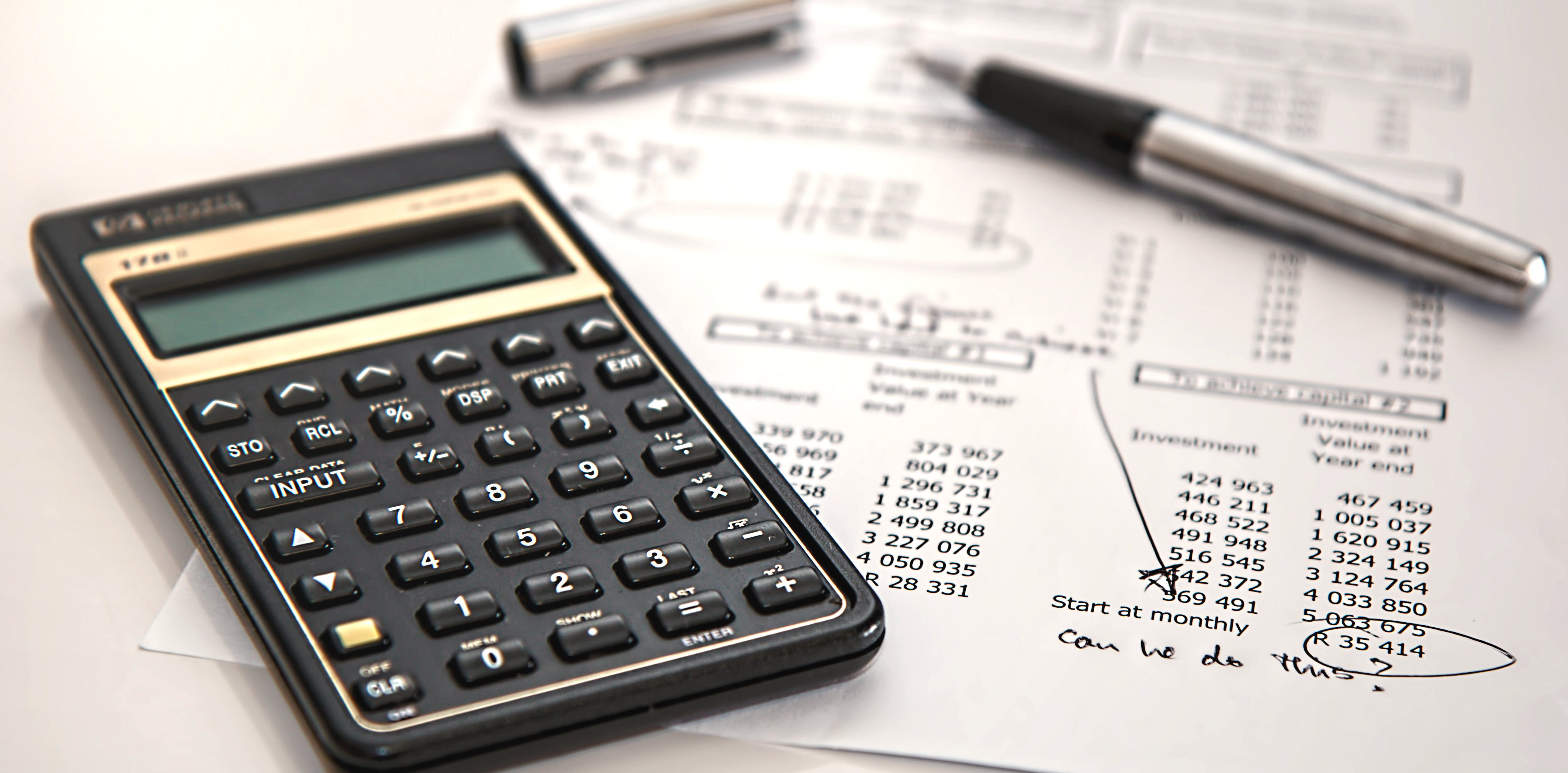
by John | Mar 21, 2017 | Cryptocurrency, Currencies, Learning from Mistakes, Personal Journey
I wrote back in June of 2016 in an article Ethereum Cloud Mining is Not Profitable. Today is exactly 1 year since I purchased an Ethereum cloud mining contract at Hashflare.io. As I recapped in that article:
In order to simply break even ETH would need to trade up to around 18.7 USD.
I would also be better off if I had just bought ETH.
That article was written about 3 months after I had made the investment in Ethereum Cloud Mining.
I wish I had done the in depth analysis in that article before I made the investment in Ethereum Cloud Mining so that I would have known not to make the investment.
And that is the lesson I learned:
Perform your due diligence before making an investment!

An artist’s representation of how I envisioned Ethereum Cloud Mining would go
I attempted due diligence but I did not consider all the relevant facts. These relevant facts were available to me at the time if I had known to look for them.
Since my mining contract is up I want to recap what actually happened with the benefit of all the facts.
The main beneficiary of my bad experience is anyone who is newly considering Ethereum Cloud Mining: caveat emptor.
There might be other cloud mining services out there that are profitable but in my experience Hashflare.io was not one of them.
Ethereum Cloud Mining Recap
On 21 march 2016 I spent $561 for a cloud mining contract at Hashflare.io. Ethereum was trading at $10.81 at the time. In the one year of mining I mined 41.27 Ethereum. As of writing Ethereum is currently trading at $42.6.
Source: http://coinmarketcap.com/currencies/ethereum/
So that 41.27 Ethereum would be worth $1,758 if I had held onto all of them and then sold today.
This is a $1,197 gain which sounds nice but it really isn’t and I’ll explain why.
Why a $1,197 Gain Wasn’t Very Good
But what if the price of Ethereum had not gone up 294%?

An artist’s representation of how Ethereum Cloud Mining actually went
What if it had stayed the same price of $10.81. Those 41.27 Ether I mined would be worth just $446.
What does that mean?
It means: The gain was entirely due to the increase in the price of ETH–the mining itself was not profitable.
In fact, if I had taken $561 and just purchased Ethereum directly, I could have acquired 51.89 Ethereum, which at current prices of $42.6 would now be worth $2,210 or a gain of $1,649.
So other than sounding cool Ethereum Cloud Mining through HashFlare.io provided no value.
The Problem with my Analysis
The downfall of my analysis when initially evaluating the investment in Ethereum Cloud Mining was assuming linear growth in hashing power of the Ethereum network.
I explain this in more detail in my original article and I also provide a process for making more accurate predictions wether a cloud mining contract will be profitable or not. Using that process I predicted I would mine about 30 ETH.
This prediction was much closer to what I actually mined compared to the 120 ETH predicted using static models.
It was a tough lesson to learn but thankfully the amount at risk was relatively small at $561.

by John | Jun 2, 2016 | Learning from Mistakes, Passive Income
Ethereum Cloud Mining on Hashflare.io is a losing investment. It is more profitable to simply buy Ether on an exchange.
(more…)

by John | May 26, 2016 | Passive Income
There are many excellent passive income ideas. A favorite is bitcoin arbitrage. It also provides diversification out of the dollar.
What is Passive Income?
Passive Income is great.
Passive Income means I’m not trading time for money and is a key to growing wealth.
This is one of my passive income ideas that does not require a lot of money. Naturally the more money you invest, the more potential to make (and lose) money, but one of the themes of HowIGrowMyWealth.com is that I’ve been able to do these things without a lot of money.
Now this method is somewhat high risk and while I’ve determined it makes sense for me I can’t advise anyone to invest using this tactic.
Do your research and make your own decisions with the help of your certified and licensed financial advisor.
Okay, let’s jump into what I do to generate Passive Monthly Income Outside of the Dollar.
One of my best Passive Income Ideas
Two key terms we’ll need to define first. One is Bitcoin and the other is arbitrage.
Bitcoin
Bitcoin is a decentralized cryptocurrency and is defined as follows: “a type of digital currency in which encryption techniques are used to regulate the generation of units of currency and verify the transfer of funds, operating independently of a central bank”.
That’s a lot of technical jargon but don’t get discouraged. Basically it is an online medium of exchange (like dollars) except it isn’t controlled by the government or a central authority like a bank.
While new Bitcoins are still being “mined” into existence on a regular basis the total number of Bitcoins that will ever exist is capped at 21 million. Bitcoin is a deflationary currency which benefits savers.
Bitcoin has a lot of potential as a technology to pay for things online.
Arbitrage
The second term I mentioned is arbitrage, which is defined by Investopedia as: “the simultaneous purchase and sale of an asset in order to profit from a difference in the price.”
Source: http://www.investopedia.com/terms/a/arbitrage.asp
An example of arbitrage would be: you know someone wants to buy a specific make and model of car and is willing to pay $5,000 for it, and you know that exact make and model of car is for sale for $4,500, you could buy the car for $4,500 and turn around and sell it to the other buyer for $5,000 for a $500 profit.
Bitcoin Arbitrage
There are a variety of bitcoin exchanges.
I personally use CoinBase to buy bitcoin and if you sign up for an account using this link and fund your account with at least $100, we’ll both get $10 worth of bitcoin bonus. Win-win.
But I don’t try to buy and sell bitcoin on a variety of exchanges myself, I utilize a bitcoin arbitrage service.
What is Bitcoin Arbitrage?
You may already have put two and two together, the prices of Bitcoin vary on different exchanges and by simultaneously buying and selling bitcoin on different exchanges one can take advantage of the price difference.
The price differences are generally small, so in order to be profitable one would need to make many trades per day in order for it to amount to a significant gain.
You can setup “bots” that perform the arbitrage for you, this isn’t something I’ve tried, but that is an option I’ve read about.
What I do is use a free arbitrage service offered at a bitcoin exchange that provides over a 10% yearly return, this arbitrage service is run by the founder of an exchange that I have personally interacted with and trust.
I didn’t understand why the founder of this exchange would offer a free arbitrage service.
But he does so in order to attract new accounts and he advised me that the arbitrage opportunity would probably not exist forever, so he is interested in getting people to sign up for accounts so that they will use his exchange to trade Bitcoins in the future.
Bitcoin is a risky and new technology. Bitcoin is volatile, meaning it makes large swings up and down. Since it’s inception in late 2011 it has gone from pennies to $1,200 and is now trading around $450. It has been more stable in 2016, trading roughly within a $100 range between $400 and $500.
Despite the volatility I like the arbitrage service because it allows me to win in several different ways.
1) If the price of bitcoin goes up, the value of the arbitrage service I’ve bought into goes up
2) If the price of bitcoin stays relatively stable, I still make money via arbitrage
3) It’s diversification outside of the dollar and legacy financial system
For me, Bitcoin and the arbitrage fund is very risky, so I’ve only allotted a small amount of my total assets and I assume there is a good chance I could lose all of it.
The arbitrage service I use does pay over a 10% return, has upside potential, and is fairly liquid, so I believe it has a place in my portfolio.
I think it is one of the better passive income ideas you’ll find.
I wrote a previous article about my Five Investment Goal Categories; bitcoin arbitrage hits on all five: Preservation of Purchasing Power, Capital Appreciation, Monthly Income, Geopolitical Risk Protection, and Liquidity.
I’ve recently increased my allocation to this arbitrage service to about 3% of my overall investment portfolio, which I believe is too high and would like to reduce that down to around 1%, because again, Bitcoin is risky.
On the whole I have about $145 in unrealized arbitrage earnings since I first started in July of 2015.
To get the name of the arbitrage service I use and recommend simply sign up for my free Newsletter. Your privacy is 100% guaranteed, I never share your information with ANYONE, I hate spam as much as the next person and you can opt out at any time, no questions asked.
Bitcoin Arbitrage is a way to generate monthly income, with over a 10% yield, you could invest $100 and have $110 in a year, with the added opportunity (and risk) of bitcoin appreciating in value (or depreciating).
Don’t miss out on my other passive income ideas found only on HowIGrowMyWealth.com! Join my Newsletter using the form above!

by John | May 19, 2016 | Capital Appreciation, Geopolitical Risk Protection, Liquidity, Passive Income, Preservation of Purchasing Power
Inflation has reduced the purchasing power of dollars by over 90%. Holding dollars is a sure way to lose value.
You need diverse and high quality investments to protect your purchasing power from the ravages of dollar debasement caused by inflation.
No one likes going to the store to find that a box of cereal is smaller and costs the same price or the same item now costs more.
Inflation is caused when private banks and the Federal Reserve increase the money supply. A larger money supply means there are more dollars in circulation.
This increase in dollars chasing the same amount of goods and services in the economy leads to rising prices or what’s properly called price inflation.
It is common to simply refer to rising prices as “inflation”.
I take steps to protect my Wealth from inflation
You can’t do anything about rising prices, but you can take steps that grow your wealth so that when you need to buy something you have more dollars (or Euros, or Yen) with which to pay the higher prices.
This is what is known preserving purchasing power and is a key concept.
I’m going to talk about two investments that help me meet my investment goals.
At the end of this article you’ll have an opportunity to subscribe to my Newsletter.
Newsletter subscribers receive details on the actionable ways I’ve chosen to protect myself from inflation that you can start doing today even if you only have a few dollars to invest.
These investments are not suitable for everyone and it might not be right for you, but the investment you’ll learn about immediately just by signing up below is an investment to which I’ve personally allocated several hundred dollars.
Let’s jump into two investments that help protect wealth from inflation.
Investments to Fight Price Inflation
Value Investing
8 March 2017 Note: I have further refined my value investing metrics in my article Better Metrics for Value Investing.
Believe it or not, there are certain stocks that trade below their book value.
Investopedia tells us that book value is “the total value of the company’s assets that shareholders would theoretically receive if a company were liquidated.”
So, if a stock is trading at a book value of .5, that means if you could buy all the shares then liquidate the company, you would make 50% per share. Now I’m not planning on buying all the shares of a company and liquidating it, but by purchasing quality stocks below book value there is built in downside protection.
There are other criteria as well, and stocks that meet the criteria are value stocks:
- Price to book less than 1.5
- Price to earnings less than 15
- Return on equity greater than 8% on average per year
- Dividend Yield
Value investing is how folks like Warren Buffet became billionaires.
When I allocate capital, I do so to areas that meet one or more of my Five Investment Goal Categories.
Value Stocks hit on all Five Investment Goal Categories. Value stocks serve to preserve purchasing power, provide capital appreciation, can create monthly income via dividends, foreign value stocks help hedge against geopolitical risk, and stocks tend to be among the most liquid assets.
One such stock I purchased back in October 2015 is Sberbank of Russia, ticker SBER on the London Stock Exchange. I have a offshore brokerage account (which is perfectly legal) that allows me to trade a variety of foreign stocks directly on foreign exchanges.
SBER has a price to book of 1.2, a price to earnings of 13.8, a return on equity of 9.53%% and a modest yield of .4%.
Source: MorningStar.com and TDAmeritrade.com
I purchased 100 shares of SBER at 4.772 USD, my brokerage firm charges me a $40 commission for both buy and sell. Sberbank is currently trading at $7.556 so I’m sitting on an unrealized 58.34% profit.
Not all of my trades go this way of course. I have $10,240 cost basis in my international brokerage account, and my account value is currently around $8,950. So I have both unrealized gains and losses that currently net out to unrealized losses. However, for value stocks, my time horizon is in the 2-3 year range and I’m very confident that in that time I’ll be in the black.
I’ll be devoting future videos and posts to value investing, which I feel is very important.
Precious Metals
The second investment I’ll touch on today are Precious Metals.
In my culture we have a saying, “Gold is the money of kings, silver is the money of gentlemen, barter is the money of peasants – but debt is the money of slaves.” Okay, that is actually a quote by Norm Franz from his book Money & Wealth in the New Millennium: A Prophetic Guide to the New World Economic Order but I’ve adopted it.
Gold took a serious pummeling since the latter half of 2011 through 2015. But despite that correction Gold has been up over 15% in 2016 and is up over 240% over the last 25 years. Yes, 240%.
Gold can’t be printed out of thing air and has been used as money throughout human history.
Gold also hits on four of the five criteria to varying degrees. Gold has a 5,000 year history of preserve purchasing power, it is unrivaled in this category.
If gold is undervalued, as I believe it is right now, it could provide capital appreciation (in purchasing power terms, not just dollar terms). Gold is a superb hedge against geopolitical risk, and while physical gold bullion is not liquid at this time compared to fiat cash, it is more liquid than say real estate or a business.
Despite large gains, I believe that Gold is still a great value and will go even higher and so I have chosen to invest a portion of my savings in physical gold.
I began purchasing physical gold and silver in December of 2012 and as a result I’m underwater on some of my positions. I’ve continued to make purchases throughout this time and overall I need gold to rally back to $1,400 to break even, and silver back to $24 to break even.
I would have preferred to have bought gold at the lows of $1,040, but as yet I don’t have a crystal ball that allows me to perfectly time the bottom of markets and I firmly believe that based on the fundamentals gold will make new highs in excess of $2,000.
When it comes to gold I firmly believe that it is better to be early to party than late. If the dollar goes down dramatically in value in a crisis situation there simply might not be any physical gold available for sale.
I also own multi-hundred dollars worth of gold through a relatively new and innovative way to purchase and store physical gold with very little up front investment. The benefit of this new way of owning physical gold is that it is very liquid as well.
Inflation is a destructive force, but with the right investments I’m able to position myself to continue to grow my wealth in spite of rising prices. I’ve discussed two assets I own: value stocks and precious metals that could be helpful as you make your own investment decisions.
There is exclusive information I ONLY share with subscribers of the HowIGrowMyWealth email Newsletter. Sign up using the form above!






